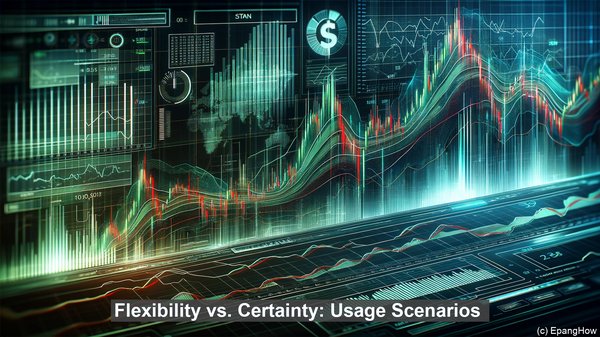Introduction: The Borrowing Landscape
Hello everyone! In today’s video, we’ll be exploring the intricacies of credit lines and term loans. These financial tools are often utilized by individuals and businesses alike to meet their funding requirements. While they may seem similar at first glance, their underlying mechanics and features set them apart. So, let’s delve into the details!

Defining the Basics: Credit Line and Term Loan
Before we proceed, let’s establish a clear understanding of what a credit line and a term loan entail. A credit line, also known as a line of credit, is a pre-approved amount that a borrower can access as needed. It’s akin to a financial safety net, providing flexibility and convenience. On the other hand, a term loan is a lump sum amount borrowed for a specific period, with fixed repayment terms. It’s often used for large, one-time expenses.
Flexibility vs. Certainty: Usage Scenarios
The primary distinction between a credit line and a term loan lies in their usage scenarios. A credit line is ideal for situations where the funding needs are uncertain or ongoing. For instance, a business might use a credit line to manage fluctuating working capital requirements. Conversely, a term loan is better suited for well-defined, planned expenses. This could include purchasing equipment or financing a major project.
Interest Dynamics: Variable vs. Fixed
Another significant difference between credit lines and term loans is the way interest is calculated. In a credit line, interest is typically charged only on the amount utilized, and the rate may be variable, often tied to a benchmark like the prime rate. This means that if the benchmark rate changes, the interest payable on the credit line may also fluctuate. In contrast, term loans usually have a fixed interest rate for the entire duration, providing borrowers with predictable repayment amounts.
Repayment Approaches: Revolving vs. Installments
Repayment structures also set credit lines and term loans apart. A credit line is often revolving, meaning that as the borrower repays the amount utilized, it becomes available again. This provides a continuous source of funding. Term loans, however, follow an installment-based repayment approach. Borrowers make regular fixed payments, typically monthly, until the loan is fully repaid.
Application and Approval: Process Variations
When it comes to applying for a credit line or a term loan, the processes can differ. Credit lines, especially those offered by financial institutions, may involve a more rigorous application and approval process. Lenders often assess factors like credit history, income, and existing debt. Term loans, while still requiring evaluation, may have a more streamlined process, especially for smaller amounts.

